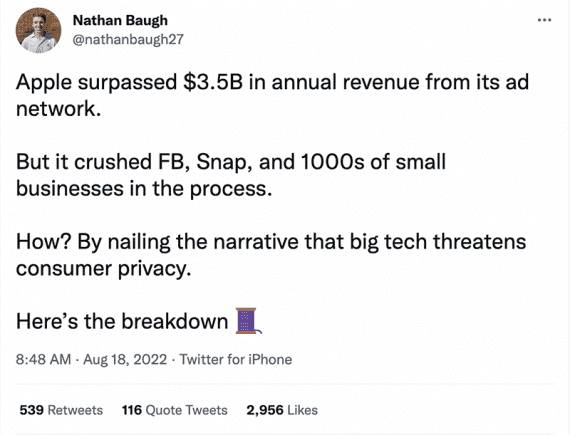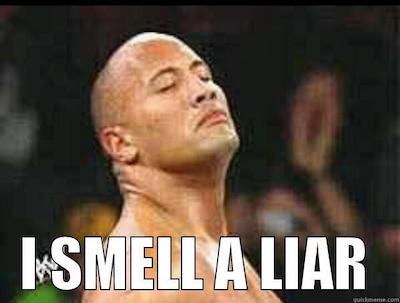
“Always remember Amazon is a data-driven company and not brand loyal. Your ability to use the reporting in Brand Analytics to understand the metrics and the positioning of your product on the platform will be key to success and the growth of your brand in 2021.”
The most strategic change in 2020 to Amazon Brand Analytics was it became free for Brand owners (making data availability similar to the Seller platform). The caveat to this is the brand must be registered through Brand Registry in order to not be charged for this reporting.
What is Amazon Brand Analytics?
5. Customer Behavior – There are several Customer Behavior reports which allow you to analyze at the ASIN what else the customers are looking at or purchasing when viewing your products. Use of these reports will allow to see what competitors are taking market share and create advertising campaigns to drive traffic back to your products.
From a data availability standpoint, another key change for Amazon Brand Analytics is in Traffic Diagnostic reporting. Now, vendors can see the number of Glance Views (aka traffic) that actually occurred in a specific timeframe (not just the percentage increase over a specific period). Couple that with being able to see the actual conversion rate, brands can now track performance over time regarding what amount of traffic comes to your detail pages as well what percentage turns into sales.
-
- Keywords (based on searches by Amazon customers to find their products)
- How “popular” a keyword is as it relates to other keywords in their database. For example, using the Search Frequency Rank tab, you can now view the most clicked ASINs based on a specific search term.
- Click and conversion share (aka the percentage of clicks that the “most clicked” ASINs received for a specific search term)
- The Demographics report shows Brand Owners the breakdown of their Amazon customers (in aggregate) by age, household income, education, gender, and marital status.
- The Item Comparison report shows the top 5 products most frequently viewed in the same day as the Brand Owner’s products, along with the percentage of time each of the products was viewed in the same day as each of the Brand Owner’s products during the reporting range selected by the user.
Amazon Brand Analytics (2020 – 2021 Updates)
1. Sales Diagnostic – This allows brands to review performance at the ordered revenue, shipped revenue, or shipped cogs (cost) level relative to a specific timeframe. It also includes the important metric of Lost Buy Box Due to Price which is important if you have third party sellers of your product.
Amazon Brand Analytics is now free.
The Amazon Brand Registry is a platform where brands can enter and monitor their brands sold in all Amazon marketplaces. The Amazon Brand Registry helps to protect brand owners against unauthorized sellers. There is a dedicated team to support this function separate from normal case management. You can learn more about the Amazon Brand Registry here.
While there have been several updates to Amazon Brand Analytics in 2020 and beyond (including a name change), it is important to review these changes and their impact on your ability to analyze your business.
ABA offers better data and reporting features.
Amazon Brand Analytics (formerly known as Amazon Retail Analytics) Premium is an add-on suite of additional reports which Vendors have access to through Vendor Central.
Pro-tip: As it relates to conversation rate statistics, conversion can vary widely by category and without specifics from Amazon on this data it is hard to give a guideline as to what is a good metric. You can get a wide variety of conversion metrics for Amazon when searching for data sources. In general, the overall view of industry experts is anything above 10% is a goal to try to achieve. Because of the category variability, the best way to use this metric is to make sure it is increasing year over year and glance views are doing the same.
5 Metrics You Should Be Tracking in Amazon Brand Analytics [From Our Experts]
Pro-tip: We encourage brands to strive to stay below 5% for this metric (if third party competition exists).
– Eric Kauss, Director, Amazon & Marketplace Operations at Tinuti 4. Forecast and Inventory Planning – This report is probably the one that is the most frustrating to brands. The question is always asked if Amazon shows a need 100 units in the forecast why am I not getting a purchase order for that amount? These are the factors Amazon considers:
At Tinuiti, we recommend brands monitor and review the following metrics on a regular basis to make sure their business is operating at an optimal level:
Got questions about Amazon Brand Analytics? Our team is here to help, contact us here!
According to Amazon, “Brand Analytics is a feature that contains valuable insights to empower Brand Owners to make informed, strategic decisions about their product portfolio and marketing/advertising activities”.
In the following article, we outline recent updates to the platform as well as 5 essential metrics your brand should be tracking in 2021 and beyond.
ABA allows brands to view:
2. Traffic Diagnostic – In addition to the information above, the Fast Track Glance View Rate shows the percentage of your inventory that is available for Prime shipping when a glance view occurs.
- Demand at the ASIN level is not segmented for just you. It considers all traffic regardless of the offer on the detail page and shows the total need accordingly.
- The need is exclusive of what Amazon already has on hand so if they demand says they need 100 units but they already have 50, you should expect a purchase order of 50.
- Amazon does have a designation of key ASIN/items and will order above the indicated demand in order to have a longer supply on hand to make sure they do not miss sales.
- If the item is available from multiple sources, they will order from the one that is most profitable for them.
- The algorithm does consider past sales but is more reliant on consistent and growing traffic as an indicator of future sales.
- Can you get product to the Amazon FC in quick a timely manner? The Vendor Lead Time (VLT) is the guide for this component. If costing is equal from various sources, the purchase order will be placed with the supplier who can get the product to them the quickest. If your VLT is 14 days they will only a 14-day supply and place purchase orders more frequently.
- Does the brand consistently fill orders close to 100%?
3. Pre-Orders – If you are offering products for pre-order this report will give quick feedback on response to your new product. If you have not yet used pre-order, we suggest you look into it as it will give you quick feedback on performance as well as build traffic which inherently turns into purchase orders. Pro-tip: We recommend brands stay above 85% for this metric knowing that if your business is growing it will be difficult to be higher than that based on Amazon ordering parameters. Additionally, the Change in Unique Visitors is available to show the increase of new customers to view your detail pages – a key way to grow your revenue.






